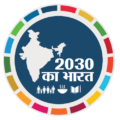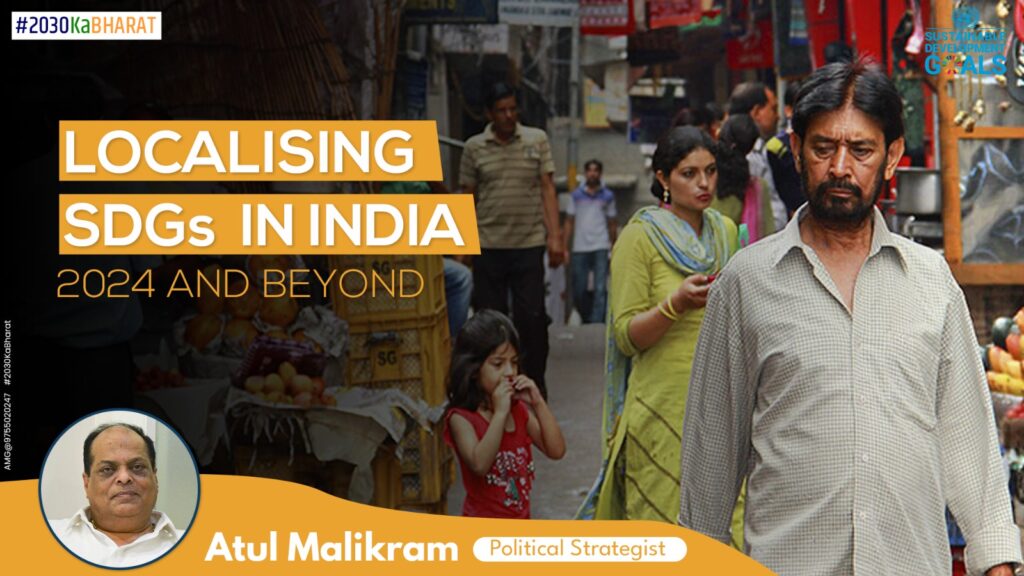The year 2030 looms large on the horizon, a pivotal marker in the ambitious journey towards a better future envisioned by the Sustainable Development Goals (SDGs). These 17 goals, adopted by 193 countries in 2015, offer a blueprint for a world that is prosperous, equitable, and sustainable for all. But achieving these goals demands not just global commitment, but also meticulous localization SDGs, taking root in the soil of communities, cities, and nations like India.
India, with its 1.42 billion people and its unique tapestry of challenges and opportunities, holds immense significance in the global SDG narrative. While the country has made noteworthy strides in areas like poverty reduction and sanitation, formidable gaps remain in areas like education, gender equality, and environmental sustainability. To truly realize the vision of “2030 Ka Bharat”, a Bharat that thrives on the principles of the SDGs, concerted efforts are needed to localize SDGs, translating global aspirations into tangible actions at the grassroots level.

Current Status of SDGs in India: A Mixed Bag
India’s SDG journey presents a complex picture. On the one hand, India has lifted millions out of poverty, with the poverty rate declining from 45.5% in 2015-16 to 21.9% in 2019-20 (World Bank, 2022). Sanitation coverage has soared from 49% in 2014 to 99% in 2019, thanks to the Swachh Bharat Abhiyan (World Bank, 2020). Initiatives like Ayushman Bharat have provided healthcare access to millions, while the Right to Education Act has led to significant increases in school enrollment.
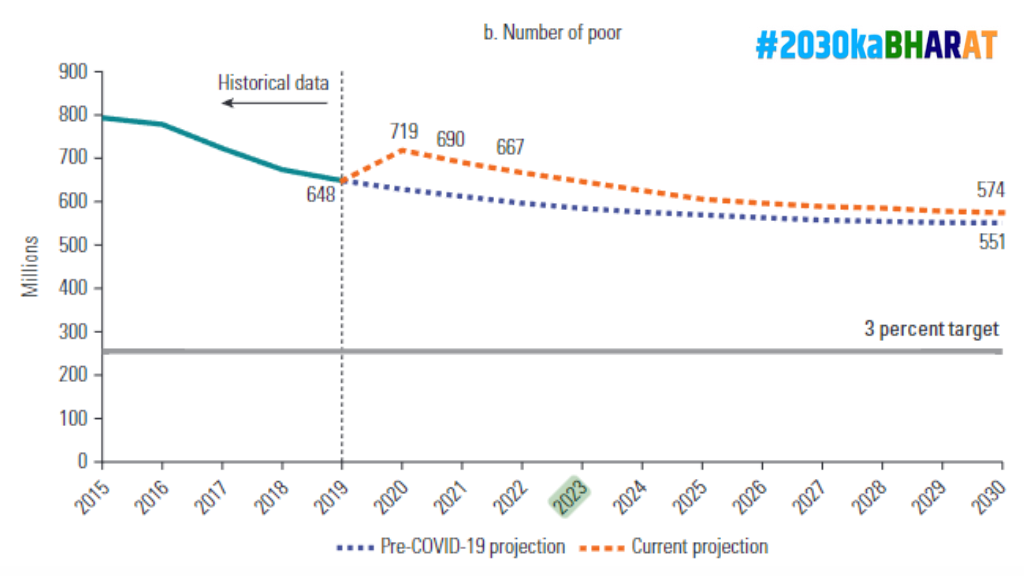
However, challenges persist. Hunger remains a concern, with India ranking 111 out of 125 countries in the Global Hunger Index 2023 (Global Hunger Index, 2023). Gender inequality continues to cast a long shadow, with India ranking 127th out of 146 countries in the World Economic Forum’s Global Gender Gap Report 2023 (World Economic Forum, 2023). Environmental degradation poses a looming threat, with air pollution reaching alarming levels in major cities and climate change impacting vulnerable communities.

The COVID-19 pandemic further exacerbated these challenges, disrupting progress on several SDGs. School closures hampered educational gains, while economic slowdown pushed vulnerable populations back into poverty. The pandemic highlighted the interconnectedness of the SDGs, and the need for holistic approaches that address multiple goals simultaneously.

Challenges in SDG localization: Navigating the Maze
The path to SDG localization in India is fraught with challenges. One major hurdle is lack of awareness and understanding of the at local SDGs levels. Many communities, particularly in rural areas, remain unaware of the goals and their relevance to their lives. This lack of understanding hinders active participation and ownership of SDG initiatives.
Capacity building at the local level is another critical area needing attention. Local governments often lack the necessary expertise and resources to effectively implement SDG-related programs. This requires targeted training programs for officials, alongside adequate budgetary allocation for local SDG implementation.
Data collection and monitoring systems pose another challenge. Reliable data at the local level is crucial for tracking progress and identifying areas where interventions are needed. Strengthening data collection mechanisms and building robust monitoring systems are essential for effective localization.
Furthermore, India’s complex governance structure, with multiple actors at national, state, district, and village levels, can lead to siloed approaches and hinder inter-sectoral collaboration. Breaking down these silos and fostering effective coordination between different stakeholders is vital for ensuring alignment of local SDG efforts with national priorities.
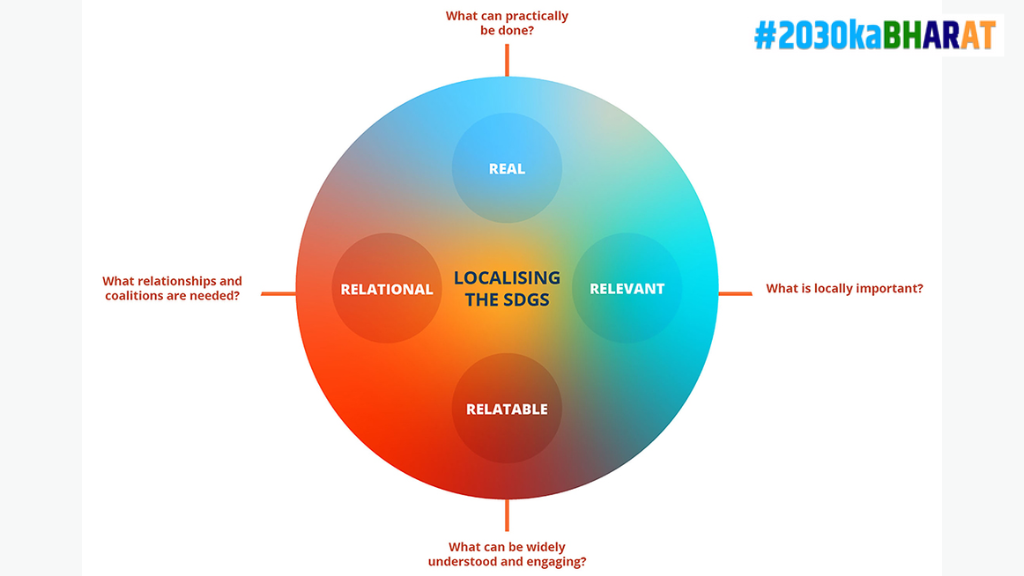
Opportunities for SDG localization: Harnessing the Potential
Despite the challenges, India possesses immense potential for successful SDG localization. Its federal structure, with strong local governance systems, can be leveraged to empower communities and tailor interventions to specific contexts. Civil society organizations (CSOs) and community-based groups play a crucial role in mobilizing local action and ensuring citizen participation.
Technological solutions can be harnessed to bridge the information gap and improve data collection. Mobile platforms and digital tools can connect communities with relevant information and resources, while also facilitating real-time monitoring of progress. Innovative financing mechanisms, such as public-private partnerships and social impact bonds, can bridge the resource gap and attract investments towards SDG-focused projects.
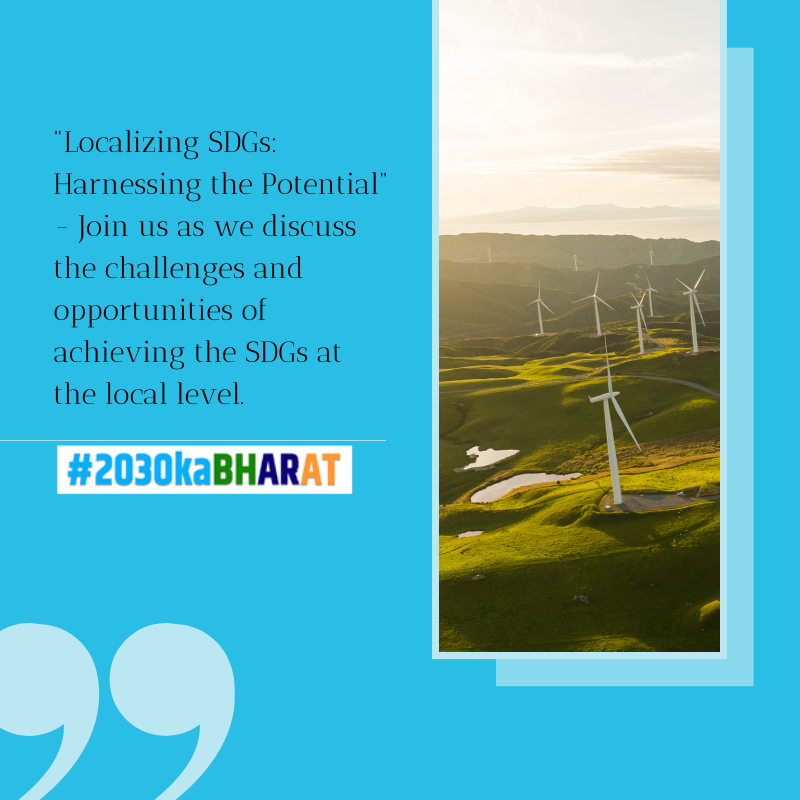
Roadmap for SDG localization in India 2024 and Beyond: Charting the Course
To accelerate SDG localization in India from 2024 onwards, a clear roadmap with actionable steps is necessary. This roadmap should begin with setting specific, measurable, achievable, relevant, and time-bound (SMART) targets and indicators for SDG localization at all levels, from national to local.

Context-specific action plans: Tailoring the Approach
Developing context-specific action plans for each SDG goal in different regions of India is crucial for effective localization. These plans should take into account the unique challenges and opportunities of each region, ensuring interventions are tailored to address specific needs. For example, in rural areas, the focus might be on improving agricultural productivity and access to clean water, while in urban areas, the emphasis might be on promoting sustainable transportation and managing waste effectively.
Building Capacity: Equipping the Foot Soldiers
Building the capacity of local governments and stakeholders is essential for successful SDG implementation. This includes training officials on the SDGs, their targets, and relevant methodologies for local planning and monitoring. Additionally, empowering communities through capacity-building programs can ensure their active participation in decision-making processes and implementation of SDG-related initiatives.
Data-driven Decisions: Illuminating the Path
Strengthening data collection and monitoring systems is crucial for tracking progress and making informed decisions. This involves investing in robust data infrastructure, building capacity for data collection and analysis at the local level, and establishing effective mechanisms for data sharing and utilization. Utilizing technology, such as geographic information systems (GIS) and mobile data collection tools, can enhance data quality and accessibility.
Breaking Silos: Fostering Collaboration
India’s complex governance structure necessitates a collaborative approach to SDG localization. Breaking down silos between different government departments, agencies, and levels of governance is crucial for ensuring coherence and alignment of efforts. Establishing effective coordination mechanisms, such as inter-departmental task forces and multi-stakeholder platforms, can facilitate collaboration and knowledge sharing.
Financing the Future: Mobilizing Resources
Adequate funding is essential for implementing SDG-related programs and achieving the 2030 Agenda. While government resources play a vital role, mobilizing additional resources from the private sector, philanthropic organizations, and international development partners is crucial. Exploring innovative financing mechanisms, such as social impact bonds and green bonds, can attract investments towards sustainable development projects.
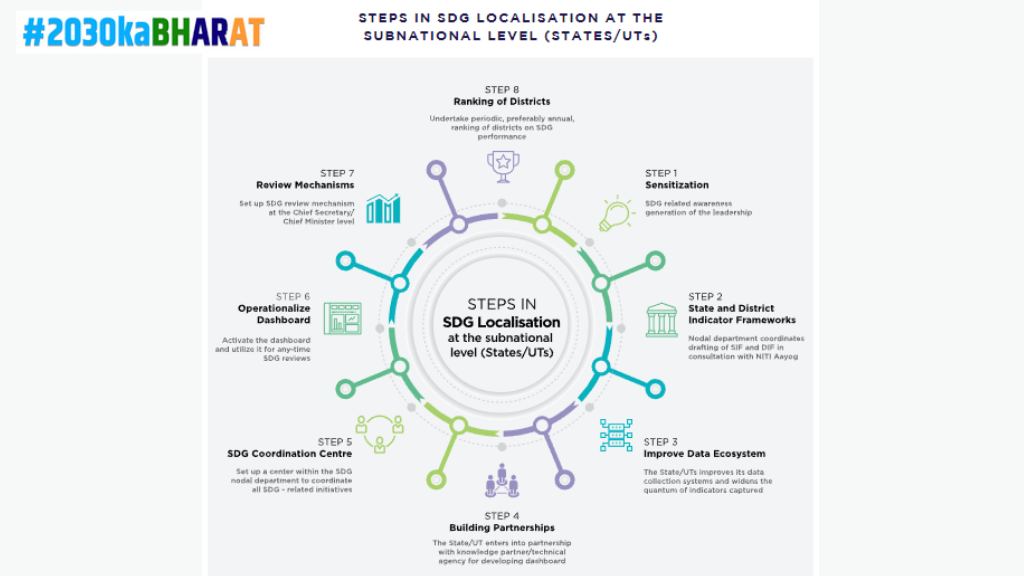
Community Ownership: Empowering the People
Ultimately, the success of SDG localization hinges on community ownership and participation. Engaging communities in identifying local challenges, designing solutions, and implementing initiatives is crucial for ensuring their sustainability and relevance. This requires promoting participatory planning processes, decentralizing decision-making, and building trust between communities and local governments.
Conclusion: A Collective Call to Action
The journey towards “2030 Ka Bharat” demands a collective effort from all stakeholders – government, civil society, private sector, and individuals. Localizing the SDGs is not just a technical exercise, but a transformative vision that requires a shift in mindsets and behaviors. By addressing the challenges, harnessing the opportunities, and implementing the proposed roadmap, India can take concrete steps towards achieving the SDGs and building a more just, equitable, and sustainable future for all.
